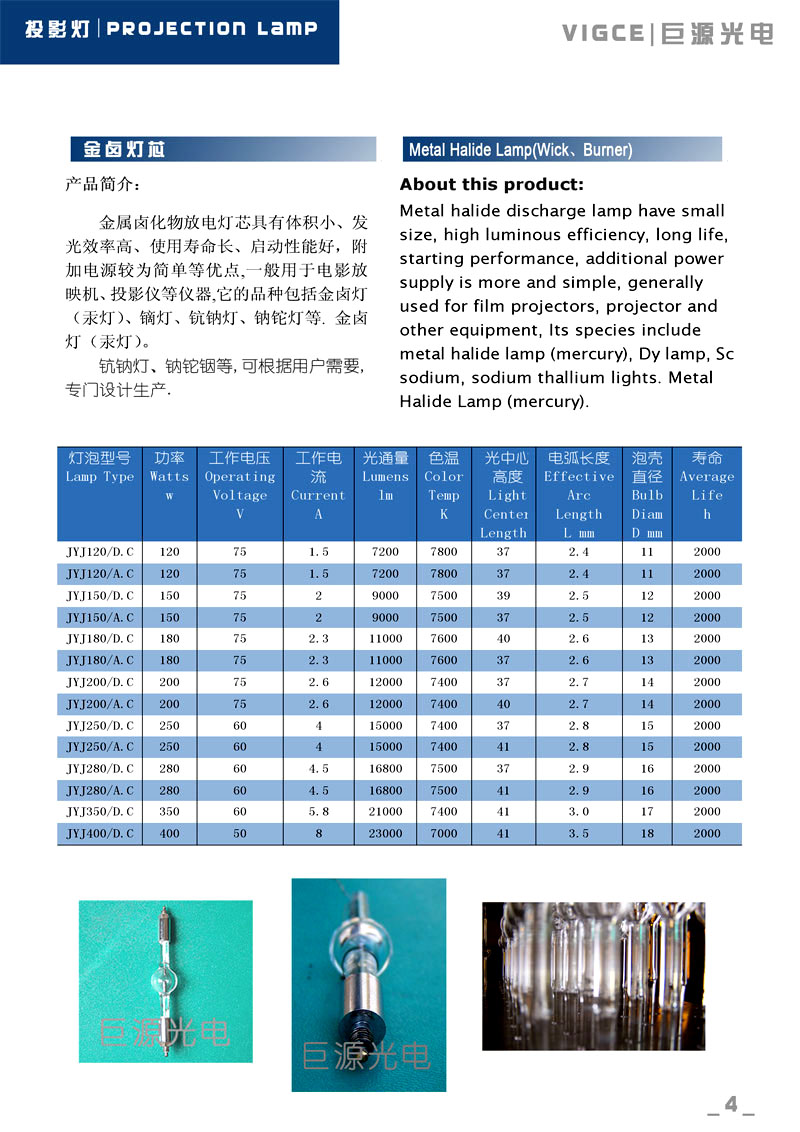
Recombination between energy bands, or direct recombination of free electrons and free holes, is the simplest recombination mechanism. This type of recombination can cause the emission of photons with an energy almost equal to the bandgap width of the semiconductor. This is the highest energy that a photon can emit under normal circumstances, although it does not yet have similar self-limitation for low-energy emission, which also indicates the minimum bandgap width required for semiconductors to emit visible light.
For example, the wavelength limit of red light is 760 nanometers, and the corresponding bandgap width is 1.63 electron volts (1 electron volt = 1.602x10-1 joule).
When impurity atoms are doped into the lattice, recombination can also occur through shallow or deep electronic states in the bandgap. The radiation generated in this way has an energy less than the bandgap energy, and its advantage is that this radiation will not decay when passing through the semiconductor. For example, the red light emission from gallium phosphide is caused by recombination in zinc-oxygen complexes.
Minority carriers injected into a forward biased p-n junction can recombine with majority carriers either in the presence of radiation or without radiation. Obviously, the efficiency of electroluminescence is determined by the ratio of these two competing mechanisms. One of the main factors affecting this ratio is the specific band structure of the semiconductor. The "direct transition band" structure allows electrons and holes to recombine freely without the participation of lattice vibrations (phonons). The "indirect transition band" structure requires the participation of phonons, which reduce the probability of radiative recombination. Therefore, in general, direct transition band semiconductors have higher electroluminescence efficiency.
It must be pointed out that the transition from direct to indirect transition is a gradual process. For example, gallium arsenide is a semiconductor with a direct bandgap of 1.41 electron volts, which is an effective infrared radiation electroluminescent semiconductor; on the other hand, gallium phosphide has an indirect bandgap of 2.25 electron volts. Fortunately, gallium arsenide and gallium phosphide form solid solutions in the entire arsenic/phosphorus range, so the composition of phospho-gallium arsenide can be adjusted arbitrarily between the extreme values of the two to obtain any specific band gap. Alloys containing more phosphorus have indirect transition band gaps. Choosing the GaA80.0.6 composition can maintain direct transition and produce visible red light radiation with a wavelength of 660 nanometers.
Contact: QianShuang
Phone: (86)028-84123481
Tel: (86)028-84123481
Email: vigce_com@126.com
Add: NO.66 GuiWangQiao West Road,Chengdu,Sichuan,P.R.China